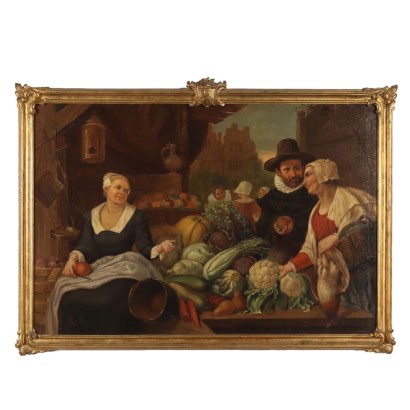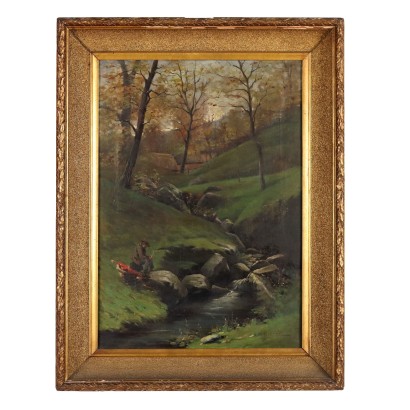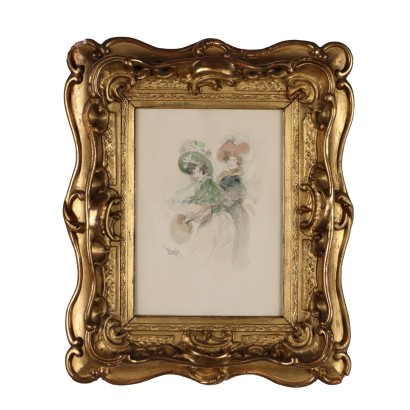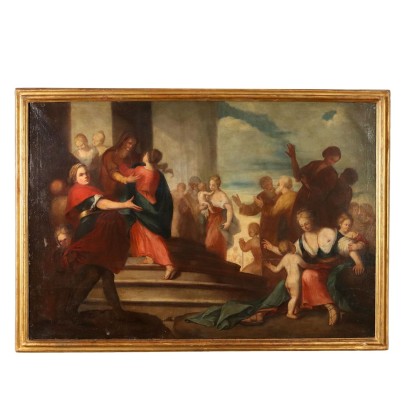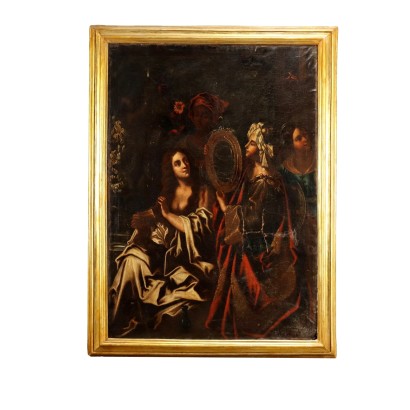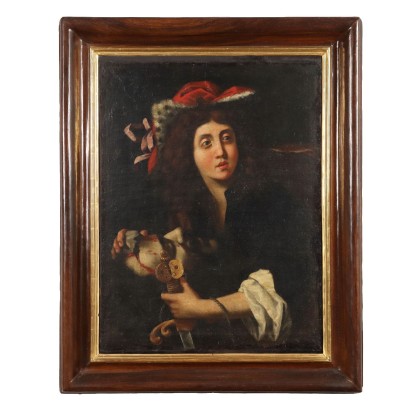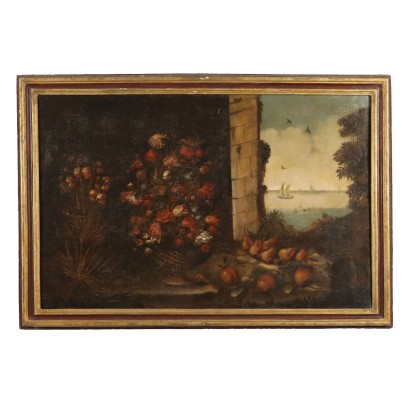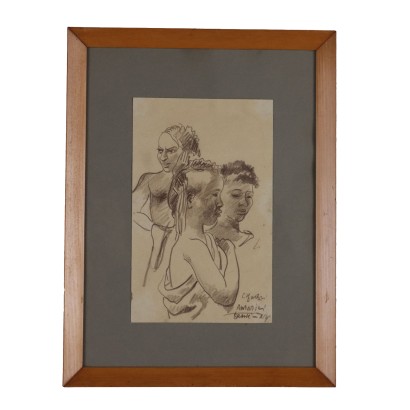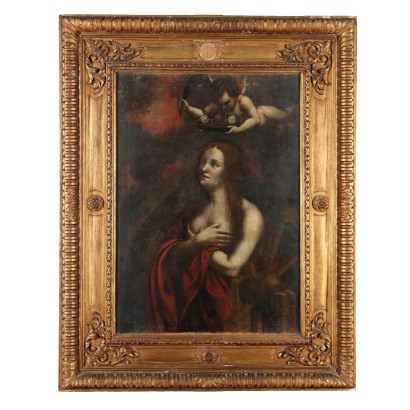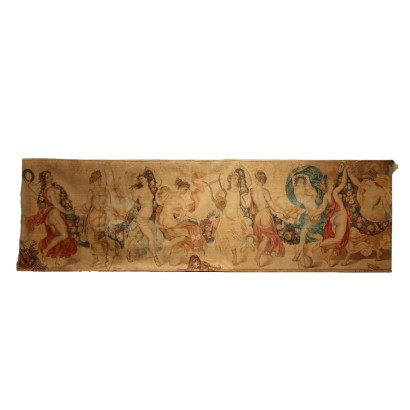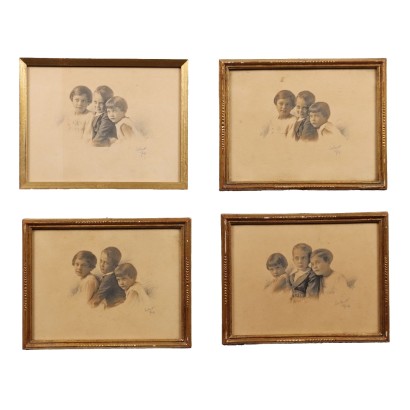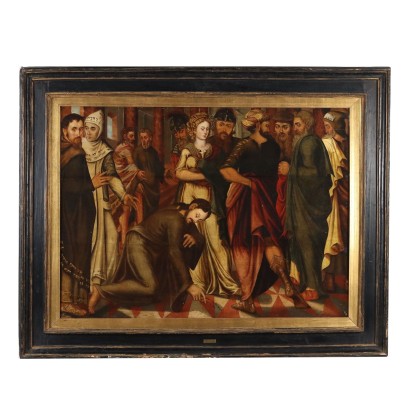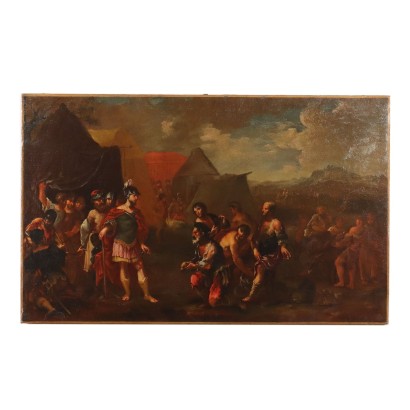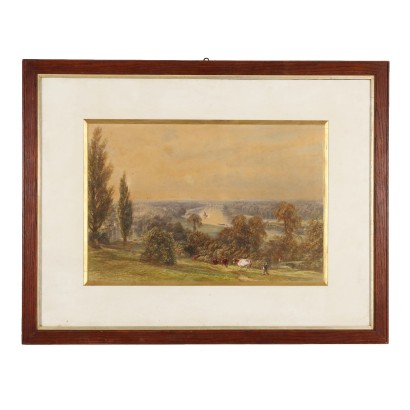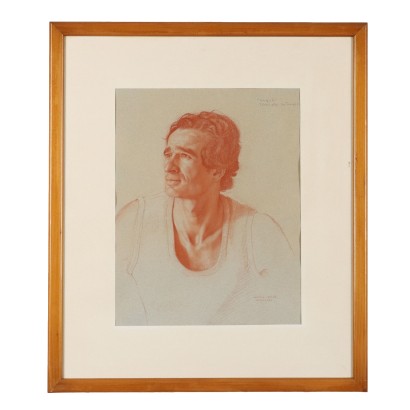In evidence
Specific typology
Price
Age
dimensioni opera
ApplyArtist
- Giuseppe Casciaro [1]
- Riccardo Viriglio [1]
- Philipp Peter Roos [1]
- Gino Federici [1]
- Bruno Saetti [1]
- Cioni Carpi [1]
- Fausto Maria Liberatore [1]
- Paolo Baratella [1]
- Danilo Martinis [1]
- Eva Petrič [1]
- Nikas Safronov [1]
- Giovanni Boni [1]
- Ugo Celada da Virgilio [1]
- Ferdinando Andreini [1]
- Domenico Gargiulo [1]
- F. Parisi [1]
- Antonio Francesco Peruzzini [1]
- Domenico Lupini [1]
- David Teniers III [1]
- Lorenzo Delleani [1]
- Carlo Antonio Crespi [1]
- Mentore Silvani [1]
- Louis Dorigny [1]
- Maurice Henry [1]
- Vyacheslav Sawich Mikhailov [1]
- Maurice Denis [1]
- Guglielmo Zocchi [1]
- Remo Bianco [1]
- Luca Caccioni [1]
- Ottavio Steffenini [1]
- Gaetano Valbusa [1]
- Francesco Camarda [1]
- Aldo Mondino [1]
- Ernesto Alcide Campestrini [1]
- Giovanni Sottocornola [1]
- Raul Viviani [1]
- Emil Lindenfeld [1]
- Giovanni Balansino [4]
- Riccardo Pellegrini [1]
- Mino Maccari [1]
- Berto Ferrari [1]
- Alberto Burri [1]
- Lorenzo Gignous [1]
- Domenico De Bernardi [2]
- Primo Carena [5]
- Giovanni Rava [1]
- Alfio Paolo Graziani [1]
- Charles Moody [1]
- Contardo Barbieri [1]
- Peter Paul Rubens [1]
- Jean Cocteau [2]
- Mario Tozzi [1]
- Adriano Gajoni [1]
- Vincenzo Gazzotto [1]
- Thomas Heeremans [1]
- Giacomo Micheroux [1]
- Fausto Melotti [3]
- Mario Previ [2]
- Giovanni Muzzioli [1]
- Gaetano Bellei [1]
- Cesare Maggi [2]
- Giuseppe Giardiello [1]
- Gino Simonetti [1]
- Achille Guzzardella [1]
- Marco Cornini [1]
- Hercules Sanders [1]
- Guido Lodigiani [1]
- Francesco Mazzucchi [1]
- Ferdinand Schmutzer [1]
- Henry Clifford Warren [1]
- Claudio Bravo Camus [1]
- Eva Barrett [1]
- Adolfo Magrini [1]
- Giuseppe Porcheddu [1]
- Salvatore Sportelli [1]
- Carlo Cazzaniga [1]
- Carlo Vittori [1]
- Gino Masciarelli [1]
- Eugène Verboeckhoven [1]
- Eugene De Blaas [1]
- Giuseppe Ronchi [1]
- Giuseppe Maria Crespi [1]
- Maximilian Pfeiler [1]
- Salvatore Balsamo [1]
- Gaetano Peratici [1]
- Joseph Haier [1]
- Antal Berkes [1]
- Gaetano Chierici [2]
- Alvaro Monnini [1]
- Felice Boselli [2]
- Alfonso Corradi [1]
- Mario Moretti Foggia [2]
- Guido Reni [1]
- Guido Cinotti [1]
Subject
- Animals [2]
- Figures of Saints [10]
- Biblical scene [9]
- Naïve painting [2]
- Surreal images [1]
- Caricatures, satirical drawings [2]
- Composizione [1]
- Sketch [1]
- Landscape with animals [1]
- Japanese booklets [1]
- Conceptual art [1]
- Glimpse of interior [3]
- Decorative panel [1]
- Battle [2]
- Still life [17]
- Floral Composition [2]
- Historic Subject [8]
- Landscape with Figures [30]
- Landscape [19]
- Marine Landscape [2]
- Landscape with Architecture [6]
- Views/City Glimpses [8]
- Study [1]
- Portrait/Face [29]
- Allegorical/Mythological Subject [8]
- Sacred Subject [31]
- Interior Scene [3]
- Genre Scenes [19]
- Scene with Figures [17]
- Abstract Composition [17]
- Human Figures [18]
Artistic school
- Central European school [9]
- Central-Italian school [6]
- Emilian School [3]
- Flemish School [3]
- French School [9]
- Genoese School [2]
- English School [1]
- Italian School [8]
- Lombard School [3]
- Neapolitan School [3]
- North-European School [8]
- Dutch School [1]
- Roman School [2]
- Tuscan School [2]
- Venetian School [5]
- Ligurian School [1]
- North Italy School [12]
Artistic technique
Technical specification
- Terracotta [1]
- Chromolithography [1]
- Grass Juice [1]
- Tempera on Canvas [1]
- Fresco [1]
- Gouache [1]
- Mixed Technique [7]
- Tempera on Paper [1]
- Ink [3]
- Sanguine [1]
- Mixed Technique [5]
- Oil on slate [2]
- Woodcut [1]
- Burin (Cable Engraving) [1]
- Etching (Cable Engraving) [1]
- Watercolor [2]
- Oil on Board [18]
- Oil on Plywood [1]
- Oil on Cardboard [7]
- Oil on Copper [1]
- Mixed Technique [6]
- Pastel [2]
- Pencil on Paper [4]
- Oil on Glass [1]
- Oil on Hardboard [8]
- Mixed technique on board [2]
- Mixed technique [1]
- Oil on linoleum [1]
- Enamelled copper [1]
- Watercolor [1]
- Lithography [2]
- Screen Printing [1]
- Oil on Canvas [164]
- Bronze Melting [3]
- Reverse Glass Painting [2]
- Oil on Metal Plate [2]
PAINTINGS ONLINE | ANCIENT AND CONTEMPORARY ART GALLERY
FREE SHIPPING
In our catalog you can find works of art from the 16th century to the present day. In our online art gallery it is possible to find the right place.There is an important and refined selection of antique paintings, contemporary art, antique paintings and sculptures with which you can enrich your home.
Click and see our new Virtual Tours
Sort by

